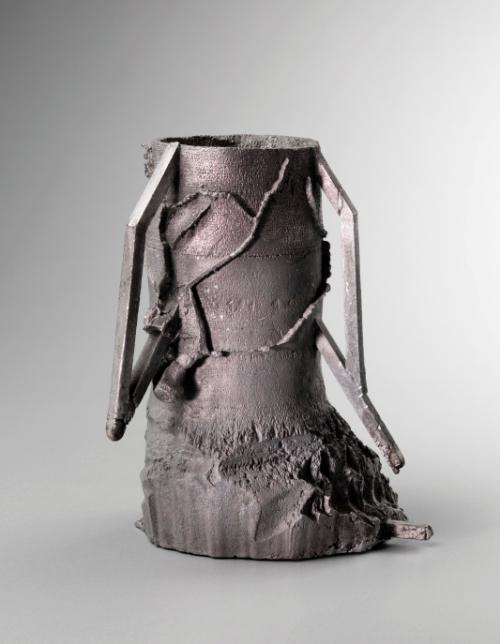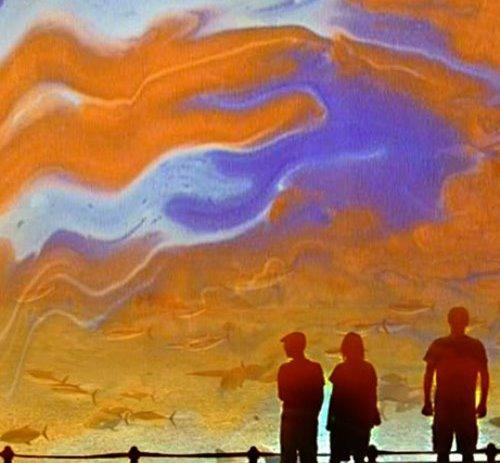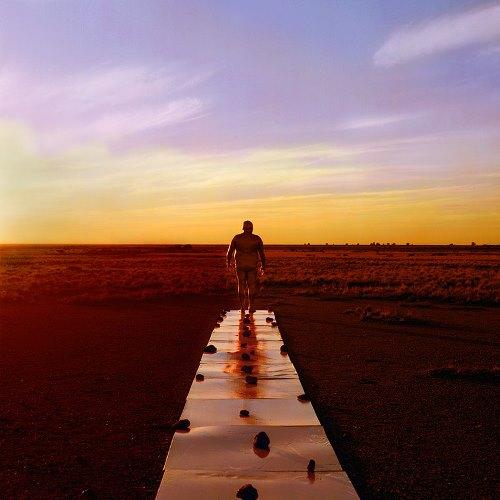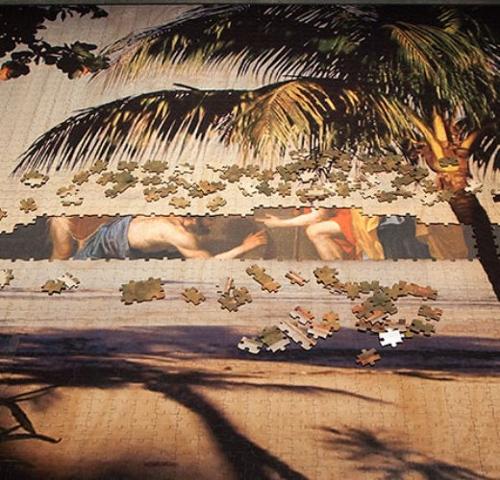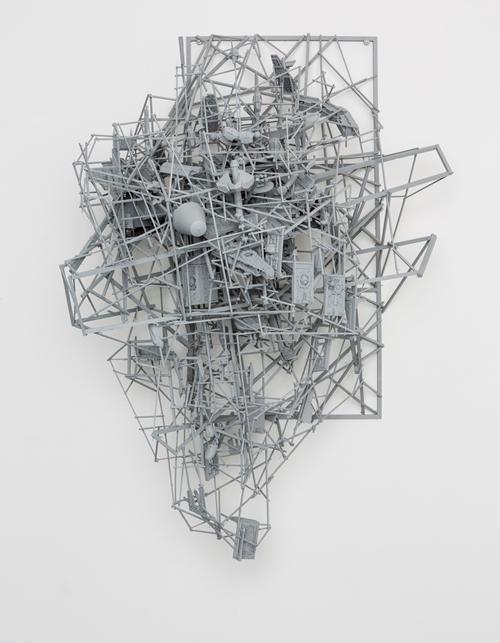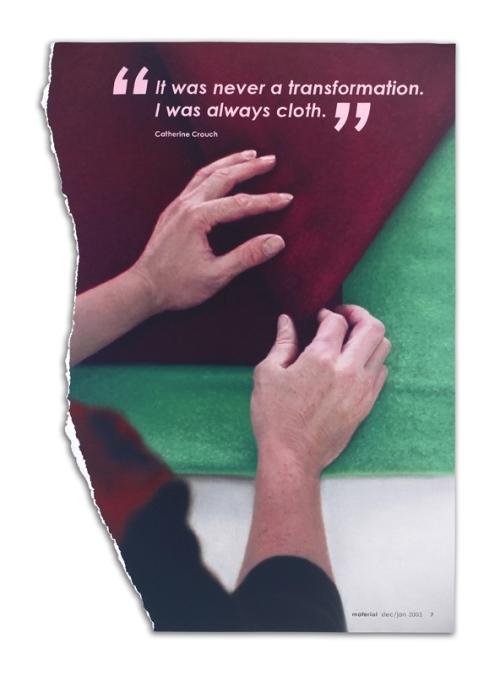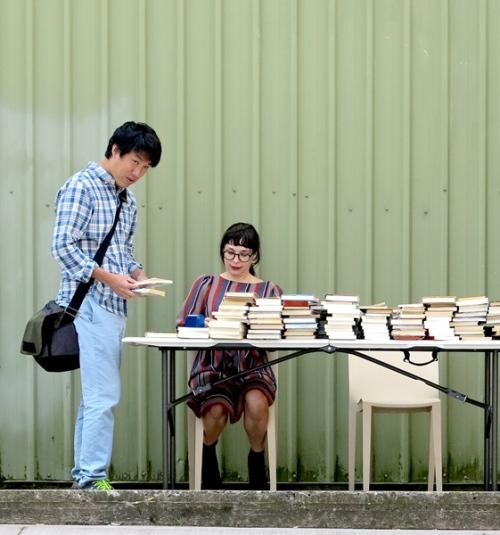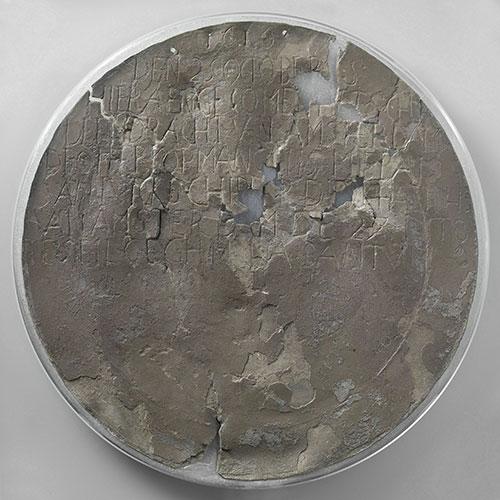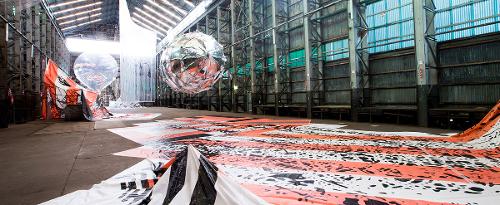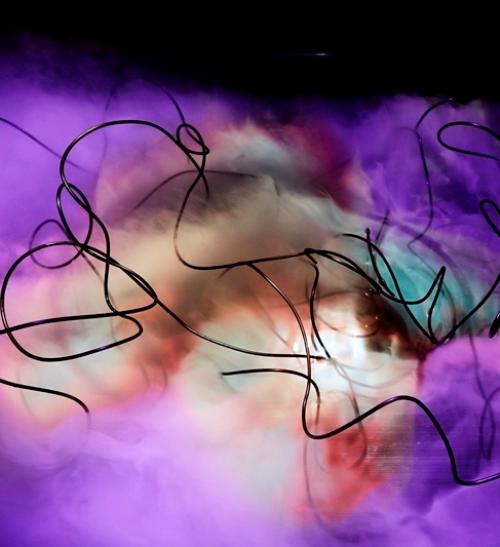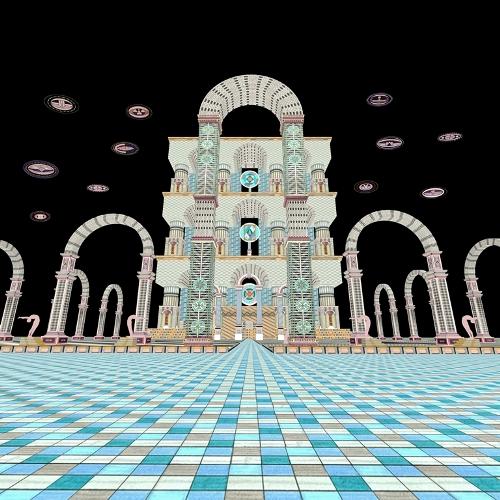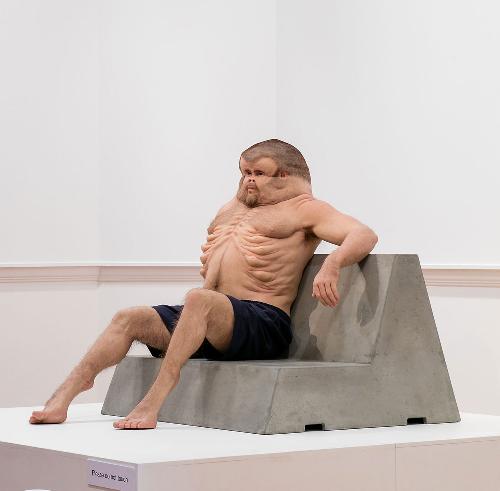Soda_Jerk: Flowers from the barrel of a gun
In 1985 the film critic David Thomson wrote a novel titled Suspects. Its premise is simple, but goes a long way. What happens to beloved movie characters before and after the boundaries of the narratives that contain them? What did George Bailey (James Stewart) do after his life was put back together by a handy guardian angel in It’s a Wonderful Life (1946)? What if he was somehow related, through secret family ties, to Private Detective Jake Gittes (Jack Nicholson) in Chinatown (1974)? What if they had both been romantically involved, at separate moments, with Ilsa (Ingrid Bergman) in Casablanca (1942)? And so on, and on. The movie industry that pumps out sequels and spin-offs tries to tame and manage this kind of imagining, but it runs rampant. It is in all our heads, and in contemporary works of art of every kind.

